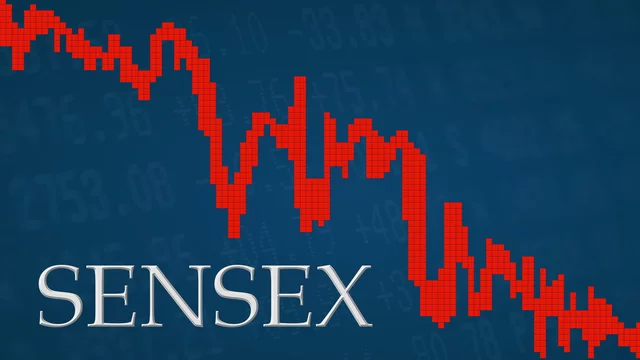The Indian stock market, like any other, experiences periods of calm and periods of turbulence. Investors navigate these ups and downs to achieve their financial goals. However, predicting volatility can be a daunting task. This is where the India VIX comes in – a crucial tool for gauging potential market fluctuations and making informed investment decisions.
What is the India VIX?
The India VIX, also known as the volatility index, is a benchmark that reflects the market’s expectation of volatility in the Nifty 50 index over the next 30 calendar days. It is calculated based on the option prices of Nifty 50 stocks. Options are contracts that give the buyer the right, but not the obligation, to buy or sell a stock at a specific price by a certain date. The higher the option prices, the higher the perceived volatility in the underlying stock and, consequently, the Nifty 50 index.
How to Interpret the India VIX?
The India VIX is typically interpreted within a range:
- Below 15: This indicates a period of low expected volatility. Investors generally perceive the market as stable, with smaller price swings.
- 15 to 35: This is considered a normal range, suggesting moderate volatility. Investors can expect some price fluctuations, but not necessarily drastic movements.
- Above 35: This signifies a period of high expected volatility. Investors anticipate larger price swings, and the market may be experiencing increased uncertainty.
Limitations of the India VIX
While valuable, the India VIX has limitations:
- Short-Term Focus: The India VIX only reflects the expected volatility in the next 30 days. It doesn’t provide any insights into long-term market movements.
- Limited Predictability: The India VIX is based on market expectations, which can be wrong. Unexpected events can cause the market to behave differently than anticipated.
India VIX and the BSE Sensex
The BSE Sensex index, another crucial market barometer, tracks the performance of the top 30 companies listed on the Bombay Stock Exchange. While the India VIX doesn’t directly measure the Sensex’s movement, it can provide valuable insights into potential future behavior.
Historically, a negative correlation has been observed between the India VIX and the Sensex. This means that when the VIX is low, the Sensex tends to be stable or experience upward movements. Conversely, a high VIX often precedes periods of correction or downward trends in the Sensex.
It’s important to remember that this is a general observation, and the market doesn’t always follow a predictable pattern. Other factors, such as global economic events, company-specific news, and investor sentiment, can also influence the Sensex’s movement.
In conclusion
An effective instrument for assisting investors in navigating the complexity of the Indian stock market is the India VIX. Investors can potentially find fresh trade opportunities, manage risk more effectively, and make more informed decisions by knowing what the India VIX indicates and how it relates to other market indicators.
It’s crucial to speak with a financial advisor before deciding to make any investments based just on the VIX for India. Recall that a thorough investing strategy takes into account your unique financial objectives, risk tolerance, and time horizon.
In conclusion, take into consideration utilizing a trustworthy financial site like 5paisa for the most recent data on the India VIX, the BSE Sensex, and other insightful facts about the stock market.

